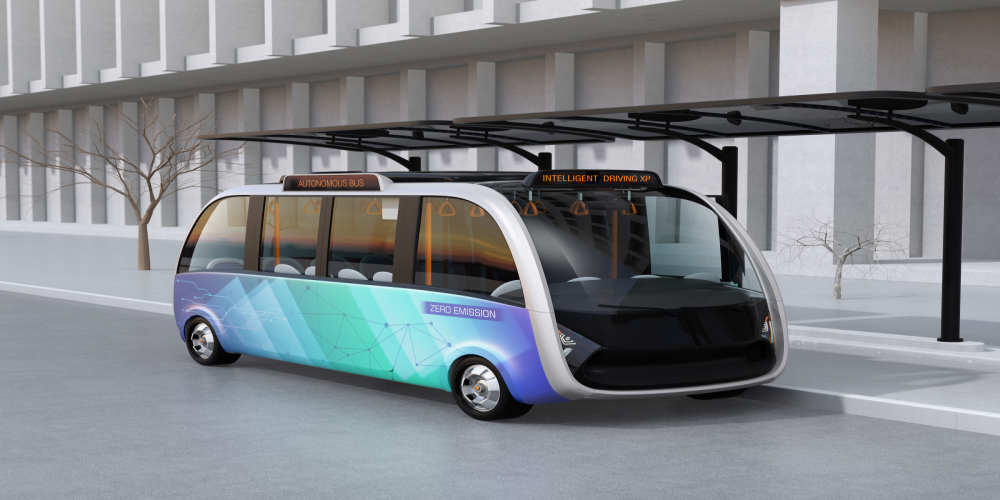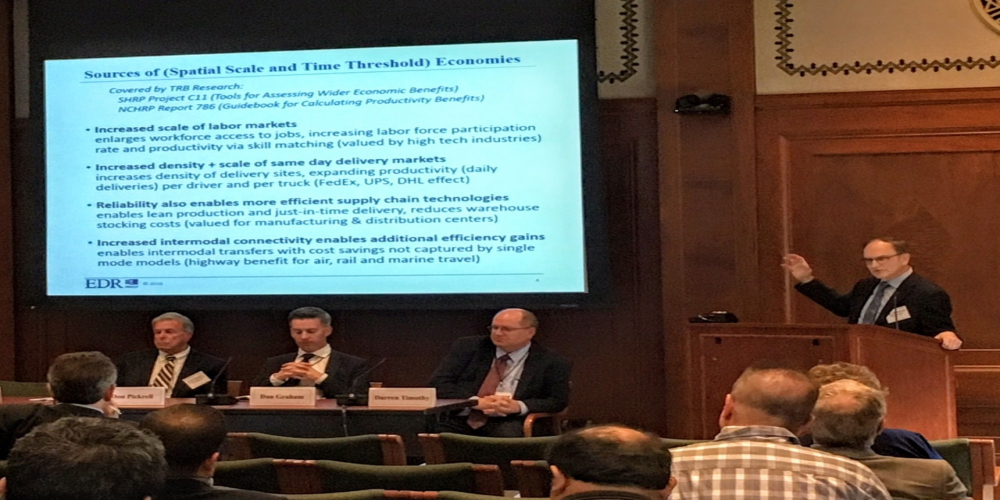Blog
Interest in transportation equity has risen sharply as part of a broader public discussion on disparities in wealth, income, and access to economic opportunities across America. Today we see equity goals in most state and regional transportation plans. But how do we determine what is equitable? That is where it becomes important to develop appropriate measures and goals.
Tags:
#Social Equity
We need to make energy program evaluations more relevant for decision-making. Most existing energy efficiency and renewable energy programs have been concerned with confirming the reasonableness of past investments and impacts on utility ratepayers. But there is also growing interest in evaluations of community programs and state public benefit programs, and they need to focus on learning lessons that we can use to make future choices about spending energy dollars. Looking forward, the questions that we can learn from public program evaluations are: (1) How can we most effectively spend public funds? (2) How can we best design public programs to achieve desired economic and environmental outcomes? and (3) How can we best prioritize choices among project and programs to maximize our return on investment? Program evaluations today often fall short of fully addressing these questions.
Emerging Changes. At the January 2019 Annual Conference of the Transportation Research Board (TRB), the role of technology change and the future of public transportation both received significant attention –in both formal sessions and informal attendee discussions. Three facts seem clear:
The I-TED Conference on Transportation and Economic Development has now concluded. Judging by the reaction of all the participants with whom I’ve spoken, it was a tremendous success. Here are some personal observations.
Infrastructure investment proposals can generate intense public discussion, and when it occurs, there is almost inevitably talk about how the project will (a) hurt the local economy, (b) save the local economy or (c) both. When the latter occurs, it is often because there are two factions – supporters and opponents. Of course, what is often missing is objective information to help guide and control these fears, hopes and allegations. That is where economic models and tools both come in.
Tags:
How would you rank the following tools –hammer, screwdriver and pliers? Now you might ask: Why would anyone ask such a silly question …for each is appropriate for a different use (even though I could bang a nail with a pliers or screwdriver). Well, it is not very different when someone catalogs all of the various types and brands of “economic” software tools and throws together tools for evaluating user benefits, regional economic impacts, land use impacts and economic development targeting into the same list. Yes, they may all have some common economic element (like putting a $ value on time or access), but each has a different intended use.
Tags:
Drivers of Behavior: Needs and Fears. Infrastructure planning and policy calls for decision-making that must be justifiable and stand up to public scrutiny. And that means considering not only impacts on users or customers, but also consideration of other factors such as wider economic benefits. And herein lies a problem, for one of the greatest fears of public agency staff is being caught unable to explain the justification for a decision or the logic process by which the wider benefits and costs were estimated.
Tags:
It’s time for a balanced dialog on infrastructure investment needed to support our nation’s economic vitality for the future. We need to get beyond advocacy arguments where someone first decides the answer and then selectively picks facts to bolster it. Let’s learn from the article on high speed rail by columnist Robert Samuelson that was recently published in Newsweek[1]. It is useful because it illustrates all three classic elements of erroneous reasoning that many of us learned in school debate and statistics classes:
Tags:
#high speed rail






